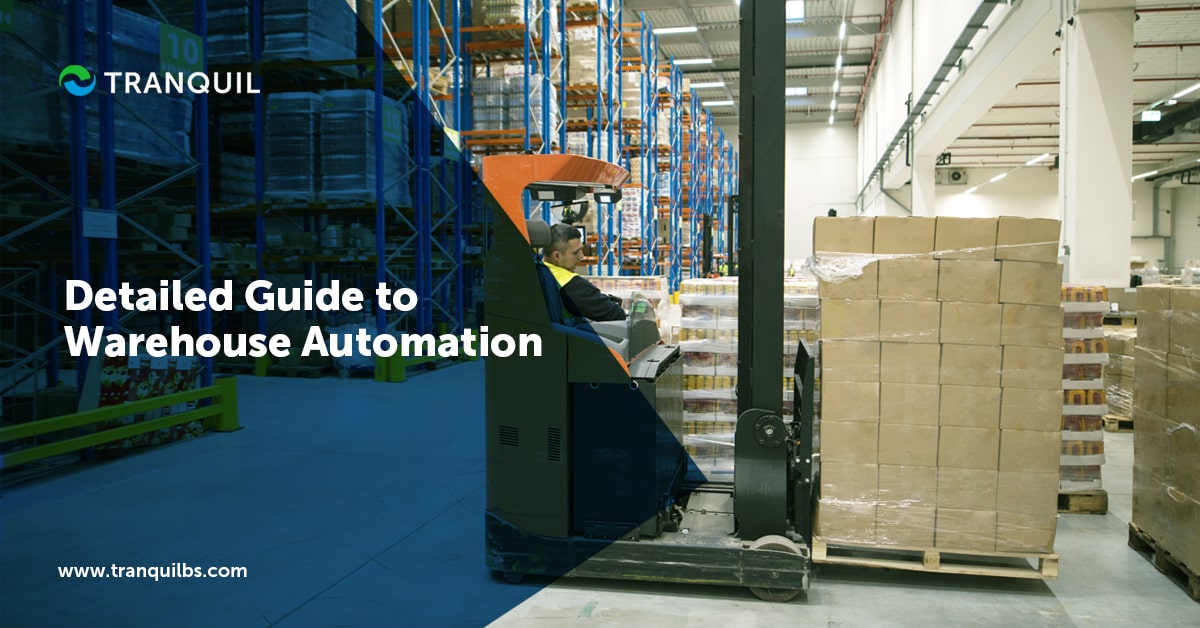
In almost every industry, and nearly every business, automation has crept in, to some degree.
Automation reduces operational expenses, improves efficiency, and saves time.
Warehouse automation is a complex job, as a warehouse is a critical element in the supply chain.
A warehouse consists of multiple moving parts, and deciding which you need to automate can itself be daunting.
ALSO READ: Guide on ERP Software in Warehouse & Fixed Asset Management
To put it simply, warehouse automation involves automating the inventory movement from its receipt in the warehouse to the point it is shipped to customers.
Each step in the process is designed to decrease manual effort and amplify efficiency.
By automating your warehouse, you can have proper visibility into warehouse operations and greater control over them.
More businesses who want to boost productivity and efficiency are today aware of the benefits of warehouse automation, and are automating their warehouses.
It must be remembered that automation includes implementing software solutions, and not just robotics or mechanical automation, to reduce human effort.
ALSO READ: Why Should You Implement Trading ERP Software for Your Business?
There are two main types of warehouse automation:
Where you install mechanical equipment and robots to automate manual processes.
The initial cost layout is very high for warehouse owners who choose this type of automation.
However, this automation is preferred by companies who have complex warehousing and/or businesses.
ALSO READ: Strategies to Improve Your Supply Chain
Where you deploy software to digitize manual activities like order and inventory data handling, etc.
Modern software like Tranquil help you in tracking complex data efficiently.
This automation incurs lower initial cost as compared to physical automation.
Both types of automation have significant benefits; which you need to implement depends on several factors.
You may even need to combine both if your business is complex and you have huge warehouses.
This is important to know, even if you know the advantages of warehouse automation, and want to automate.
Consider: is your team spending inordinate time in manual warehouse tasks, poring over spreadsheets and papers for hours?
You could be paying heavy costs for not-so-productive labor.
Labor costs make up more than half of your overall budget for warehouse operations.
In such a case, it is time for you to automate.
ALSO READ: Common Inventory Management Problems and Solutions
Here are a few other tell-tale signs that show its time for warehouse automation:
Now remember that most of these challenges are faced by the majority of ecommerce owners – however, when you can identify them, you can take measures to overcome them, like automating your warehouses.
ALSO READ: Understanding Sales Management in ERP
During warehouse automation, robotics, sensors, and other hardware, work in tandem with warehouse management system software to bring about almost total automation in your warehouse.
In fact, you can enhance your workflows by integrating your current software with the warehouse automation system.
With warehouse automation, you can be prepared to meet the increasing demands of the market, and deliver outstanding customer service.
Data is extremely important in today’s business scenario; a warehouse automation software captures data in real time, and allows you to analyze it effectively.
ALSO READ: What Is Employee Turnover?
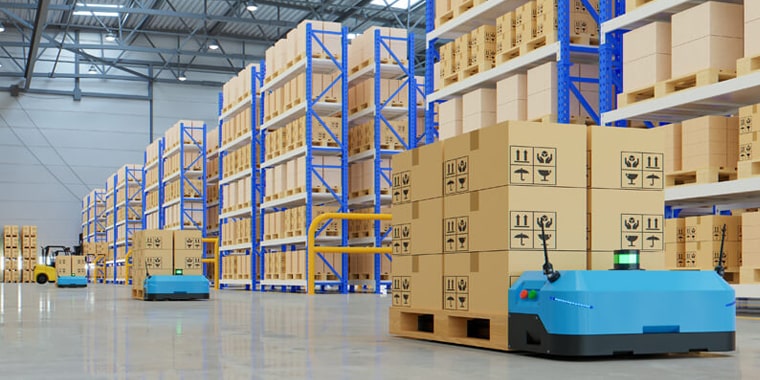
Automating your warehouse is a project; and you need to plan well.
This plan cannot be randomly made by observing other businesses – you have to understand your business situation and goals, and then form a strategy.
Here are some important things you need to do:
It’s a good idea to consider the views and recommendations of all stakeholders and team members; your goals should be well-defined so that you can check your progress after automation.
Brainstorming will give you deeper insights into your warehouse operations and the parts that need more attention.
Third-party industry experts can also give you valuable inputs regarding optimal business tools that can make the process hassle-free.
ALSO READ: Cost Reduction Strategies in Procurement and Supply Chain
Warehouses are unique, and there’s no one solution for all.
Evaluate the space and the throughput to identify gaps in processing, and make changes to the layout so that the warehouse layout aligns with your business needs.
For automation to succeed, you must have reliable data, collected from your workflows and operations.
Analyzing this data will help you understand your company’s position, which will help you plan the warehouse automation process, keeping in mind your budget and infrastructure.
ALSO READ: What is Cross Docking?
You need to focus on scaling and growing your business, and modern technology can help you immensely in this.
IoT technology can help you radically change warehouse operations; with devices and items communicating with one another, you can streamline your processes and make them more efficient.
Warehouses have to manage inventory effectively; ergo, you must have a clear understanding of your inventory management flow before you automate your warehouse.
Implement a robust inventory management system to simplify this process.
This will deliver important data points like movement, loss, damage, and cycle count of inventory, so that you can plan a model that maximizes your throughput.
It is important to analyze your KPIs at this point to get critical insights on important metrics.
ALSO READ: What Is Gross Margin Return on Investment (GMROI)?
Warehouse management system is a software solution designed to improve your workflow, with every step from inventory receipt to shipping executed in an efficient and economical manner.
WMS from Tranquil easily integrates with your legacy systems, affording maximum visibility and control.
We’ve already seen the two main types of automation you can achieve in your warehouse.
After you have sufficient information and have clarity on your goals, next you have to decide if you want physical or process automation, or a combination of both.
This depends on the nature and level of complexity of your business.
ALSO READ: What Is Cloud Data Protection?
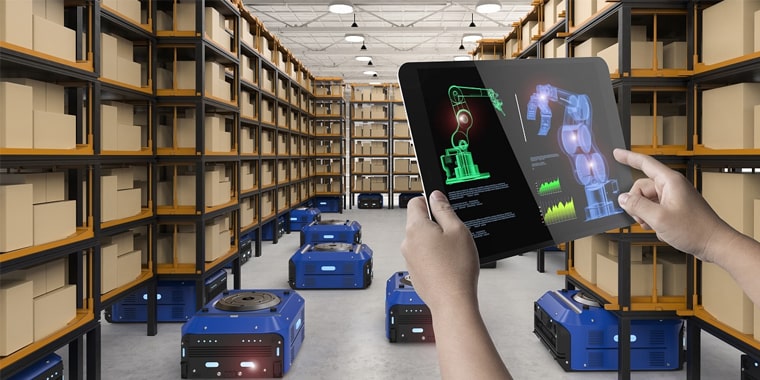
Warehouse automation technology, like other technologies, is advancing and becoming more sophisticated.
Let’s take a look at the most popular automation technologies:
This helps in transporting inventory within warehouses via carousels, conveyor, vertical lifts and similar equipment.
It allows inventory to move through different phases without manual intervention, speeding up the picking process.
ALSO READ: Debit Note vs Credit Note
This is similar to GTP, and used in complex warehouses with limited space.
It can raise picking accuracy to nearly 100%, and uses mini-loaders, tote shuttles and other storage and retrieval equipment.
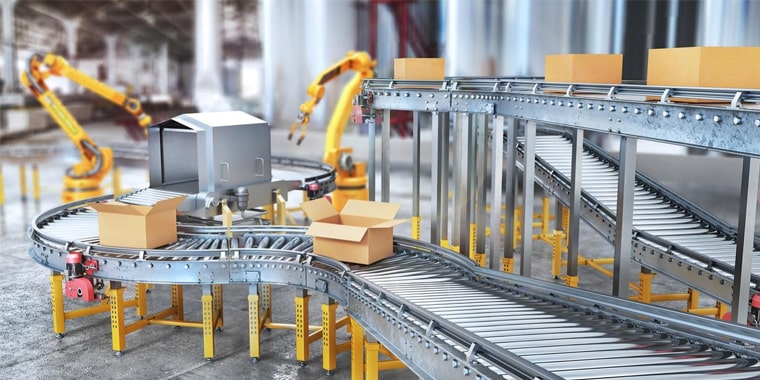
Sortation determines which product goes where, and RFID is the technology used in automated sortation.
Barcodes on products are scanned to instantly identify storage locations. Conveyors are often used to sort the items quickly and efficiently.
ALSO READ: What is Goods Received Note and Why is it Important?
Mobile barcode scanners are synced with storage location digital displays; when an item is searched for or scanned, the employee is routed to the correct location by the system.
This makes it easy for the employee to find the location for both storing and picking the product.
This system drastically reduces the time spent in looking for the location.
ALSO READ: Common HR Mistakes and Tips to Avoid Them
Speech recognition is the technology used here; an employee reads out the product’s features into the system via mikes or mobile headsets, and the system shows the employee the best path to reach the location to pick or store the product.
This cuts short the overall time required for picking or placing a product. Additionally, the employee doesn’t have to have the RFID device in their hand during picking or placing, reducing the scope of injury.
These vehicles are used to transport inventory within the warehouse, following a pre-set path to move, using special sensors.
These sensors follow a magnetic strip placed on the floor of the warehouse, and are more suited to small warehouses with fewer employees.
ALSO READ: Must-Have HRMS Modules and Features
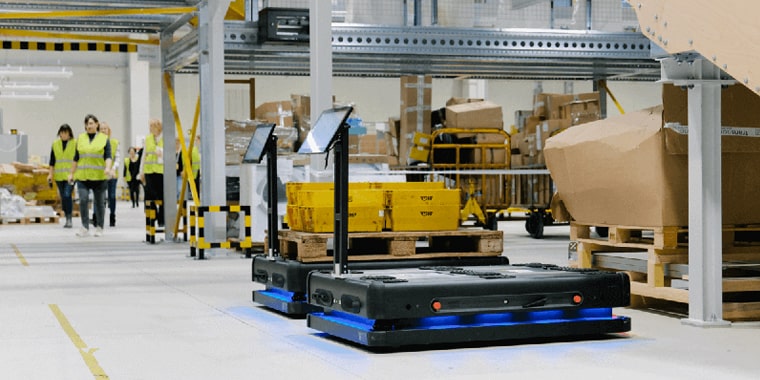
Similar to AGVs, the robots determine optimal paths to move within the warehouse, using GPS.
They have sophisticated infrared sensors and lasers that help them move around obstacles in their paths.
Thus, they can be used in crowded warehouses with several obstacles efficiently.
While there are numerous benefits of warehouse automation, there are a few challenges as well:
ALSO READ: What is UOM in Inventory?
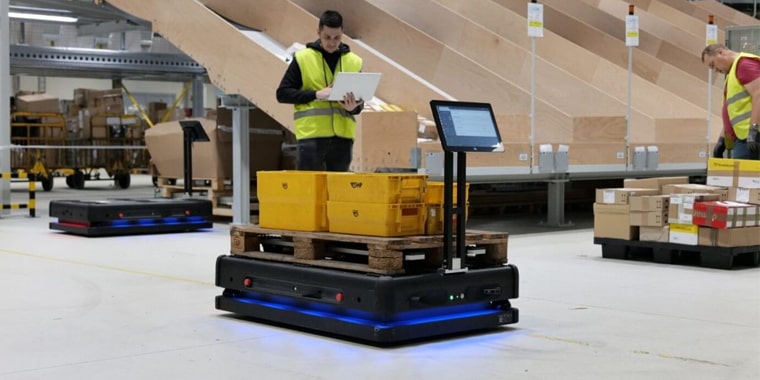
You can boost productivity minimize human error and labor constraints, improve material handling coordination and enhance the safety and wellbeing of your employees.
The right warehouse automation system offers more accuracy, less strain and fatigue, and fewer injuries, which keeps employees happy.
ALSO READ: Benefits of Having an Employee Self Service System
You can combine automation technologies to create a system that meets your changing business needs.
Tranquil is a modular solution, and is scalable, so that it can handle your business process effectively when it becomes more complex too.
When implemented properly, warehouse automation can help reduce your carbon footprint.
You can create a sustainable approach to manufacturing and industrial storage.
If implemented intelligently, warehouse automation can reduce your carbon footprint and contribute to a more sustainable approach to industrial storage and manufacturing.
Many automation options enable denser operations and storage, lowering the amount of space needed to complete the same tasks and the resulting urban sprawl.
ALSO READ: Important ERP Modules and Features
At Tranquil, we believe in the power of automating your processes to boost efficiency and productivity, and save significant time and money. We understand fully, the challenges you as a business owner face, in operating a business. Our software can help you improve your warehousing operations and take your business to the next level. Do schedule a demo of our solution to see for yourself. Our representatives will explain everything in detail.